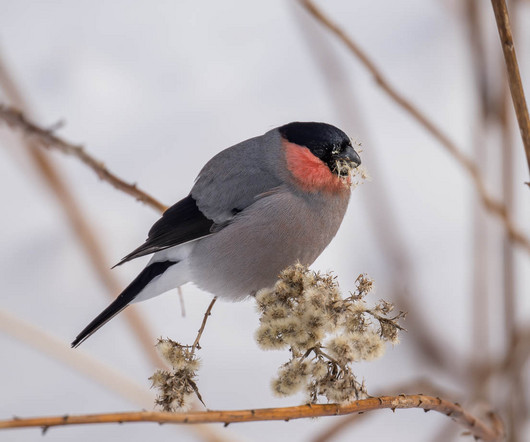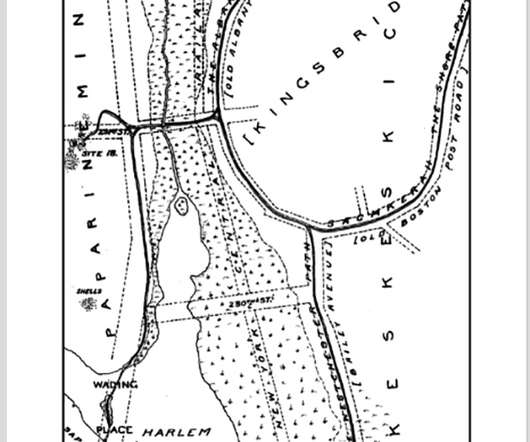Some Hokkaido Winter Passerines
10,000 Birds
MAY 27, 2024
One website states that only 15% of the birds that hatch make it to become first year breeding adults, 6% make it to the second year, and 3% to the third year. Other species – such as starlings or t**s – stealing the nesting site of Eurasian Nuthatches is one of the major reasons for breeding failure.











Let's personalize your content